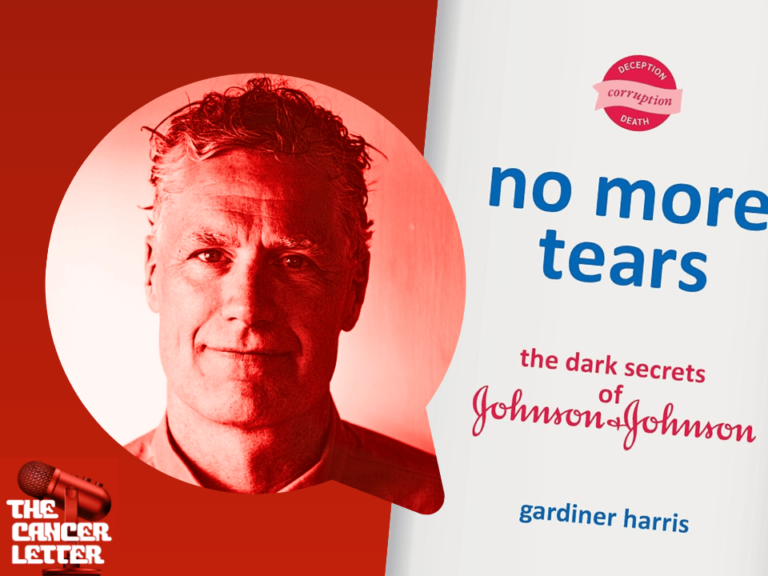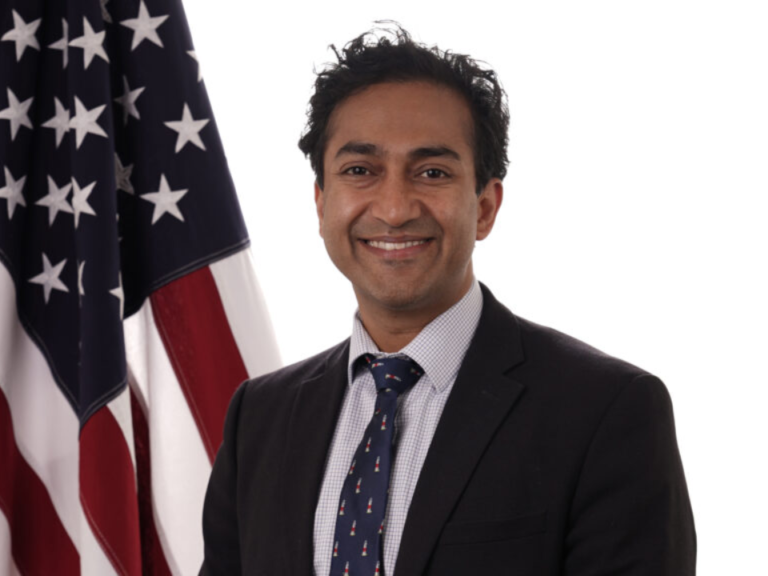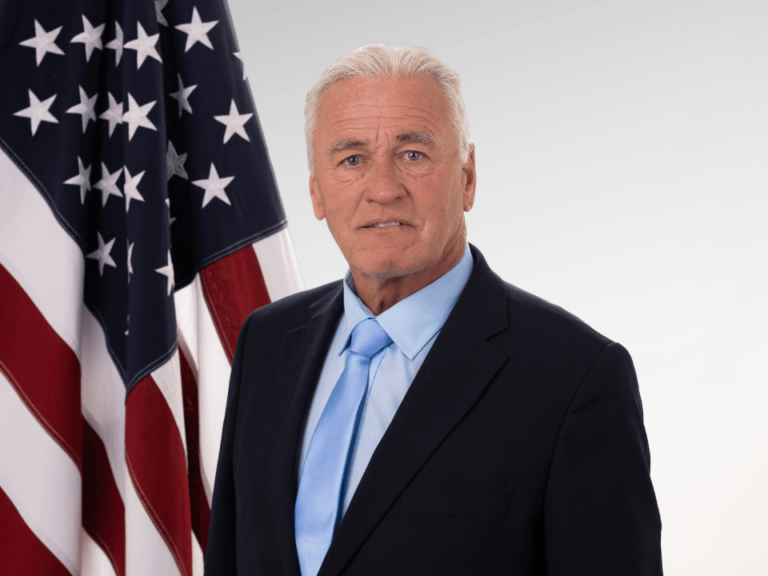Getting the dose right is not a mere formality but a fundamentally important first step that can mean the difference between success and failure of a drug development program, Richard Pazdur, director of the FDA Oncology Center of Excellence, said at a workshop focused on the issue of dose optimization.
At the workshop, co-sponsored by FDA and ASCO, oncologists, regulatory experts, and patient advocates focused on dose optimization in oncology and the end of reliance on the maximum tolerated dose (MTD) approach to setting initial dosage in drug trials.
The virtual workshop, titled “Getting the Dose Right: Optimizing Dose Selection Strategies in Oncology,” was held May 3 and 5. Participants explored common concerns about optimal dose-finding studies, strategies for structuring and executing such studies, the use of biomarkers in determining optimal dose, and ways to incorporate patients’ voices in conversations about dose optimization.
“For drug developers, both clinicians and the pharmaceutical industry, developing a drug development program without having a thorough understanding of drug dose is akin to the proverbial building a house on quicksand or building a house of cards,” Pazdur said at the meeting.
FDA and others have been advocating for the implementation of optimal dose-finding studies early in the drug development pipeline, rejecting the notion that “more is better” (The Cancer Letter, April 29, 2022).
Dose optimization was discussed at a recent Oncologic Drugs Advisory Committee meeting in the context of phosphoinositide 3-kinase (PI3K) inhibitors. The reliance on MTD in clinical trials of these drugs may have contributed to a survival deficit on the experimental arms of registration trials, FDA officials said (The Cancer Letter, April 15, April 22, 2022).
Pazdur’s remarks from the FDA-ASCO workshop follow:
This is a conversation long overdue. Not having the optimal dose—a balance between efficacy and safety—has many implications. For drug developers, both clinicians and the pharmaceutical industry, developing a drug development program without having a thorough understanding of drug dose is akin to the proverbial building a house on quicksand or building a house of cards.
As was observed at a recent ODAC involving PI3 kinase inhibitor drugs in indolent lymphomas, a lack of adequate dosing information can lead to unintended consequences, with subsequent removal of a drug or removal of indications from the market. Not having the right dose can derail an entire drug development program.
More importantly, from a patient’s point of view, not having an optimal dose subjects patients needlessly to drug toxicities, many of which may be serious, life-threatening, and definitely influencing the quality of life.
No one has a right to subject patients to unnecessary toxicities.
For drug developers, both clinicians and the pharmaceutical industry, developing a drug development program without having a thorough understanding of drug dose is akin to the proverbial building a house on quicksand or building a house of cards.
Richard Pazdur
Furthermore, because we have accepted a certain level of adverse events associated with cytotoxic drugs in the past does not imply that this needs to be the future of oncology drug development.
Although we are talking about dose optimization in today’s conference, I would like people also to consider other initiatives of the OCE, which are very similar in nature and are part of this discussion. We should add patient-reported outcomes in the patient’s voice to our determination of what is meant by “tolerable” and what is meant by “manageable” adverse events, since patients are the only ones that can provide us this information.
In addition, as we explore dosing, we should advocate for a diverse patient population to be included in these early studies. This is in keeping with the OCE’s initiative of Project Equity. Early enrollment of underrepresented patient groups can provide unique insights into possible ethnic differences that may be explored in subsequent trials.
I think there’s a lot of information to cover here. It’s a conversation long overdue.










